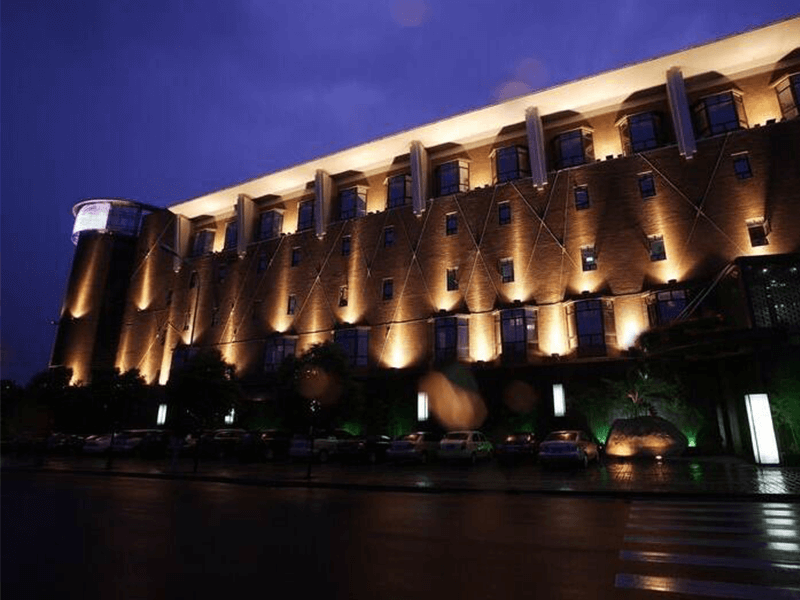Having gained insights into popular lighting designs and methods for creating an inviting restaurant ambiance, let’s delve into the array of lighting fixtures that can bring these ideas to life.
Lighting Technology
The landscape of lighting technology encompasses various shapes, sizes, and types. Traditionally, halogen, metal halides, and compact fluorescent lights were commonplace. However, the contemporary market is dominated by light-emitting diodes (LEDs). Unlike their energy-consuming predecessors, LED lights offer extensive flexibility for creative expression. While older technologies persist in niche applications, the widespread adoption of LED lights has transformed the landscape of restaurant lighting.
Recessed Lights
Recessed lights, with their minimalist fixtures seamlessly embedded in the ceiling, present an elegant choice. Discreetly positioned, these fixtures evenly distribute light throughout the space. A similar option, surface-mounted lights, share popularity for their refined aesthetic.
Overhead Lights
It comprises linear spotlights, track lights, and overhead light fixtures that direct beams to specific areas, serving general and task lighting purposes. Strategic placement can create indirect lighting effects by bouncing beams off ceilings, enhancing the restaurant’s overall appeal.
Wall Washer Lights
Wall washer fixtures are indispensable for restaurants boasting unique interior features like exposed brick or specialized architecture. Wall washing and wall grazing, two effective lighting methodologies, elevate the prominence of distinctive restaurant elements.
Suspended Lights
Incorporating suspended lights is essential, even in the most simplistic restaurant lighting designs. Pendant lights, often featuring stylish yet simple designs, contribute to a unique and majestic ambiance when used in multiples. Chandeliers, renowned for attention-grabbing designs, serve decorative and general lighting purposes.
Smart Lighting
Intelligent lighting systems equipped with drivers and controllers offer a spectrum of possibilities. These systems boast multiple colors, adjustable temperatures, brightness levels, and even mobile app or AI assistant control. While intelligent lighting represents a substantial investment, its dynamic features provide unparalleled control over the restaurant’s lighting environment.
Strip and Neon Lights
Flexibility and versatility define LED strips, offering creative options for decorating restaurant spaces. LED neons emerge as an ideal choice for those seeking a cyberpunk vibe, infusing a unique and futuristic aesthetic.
